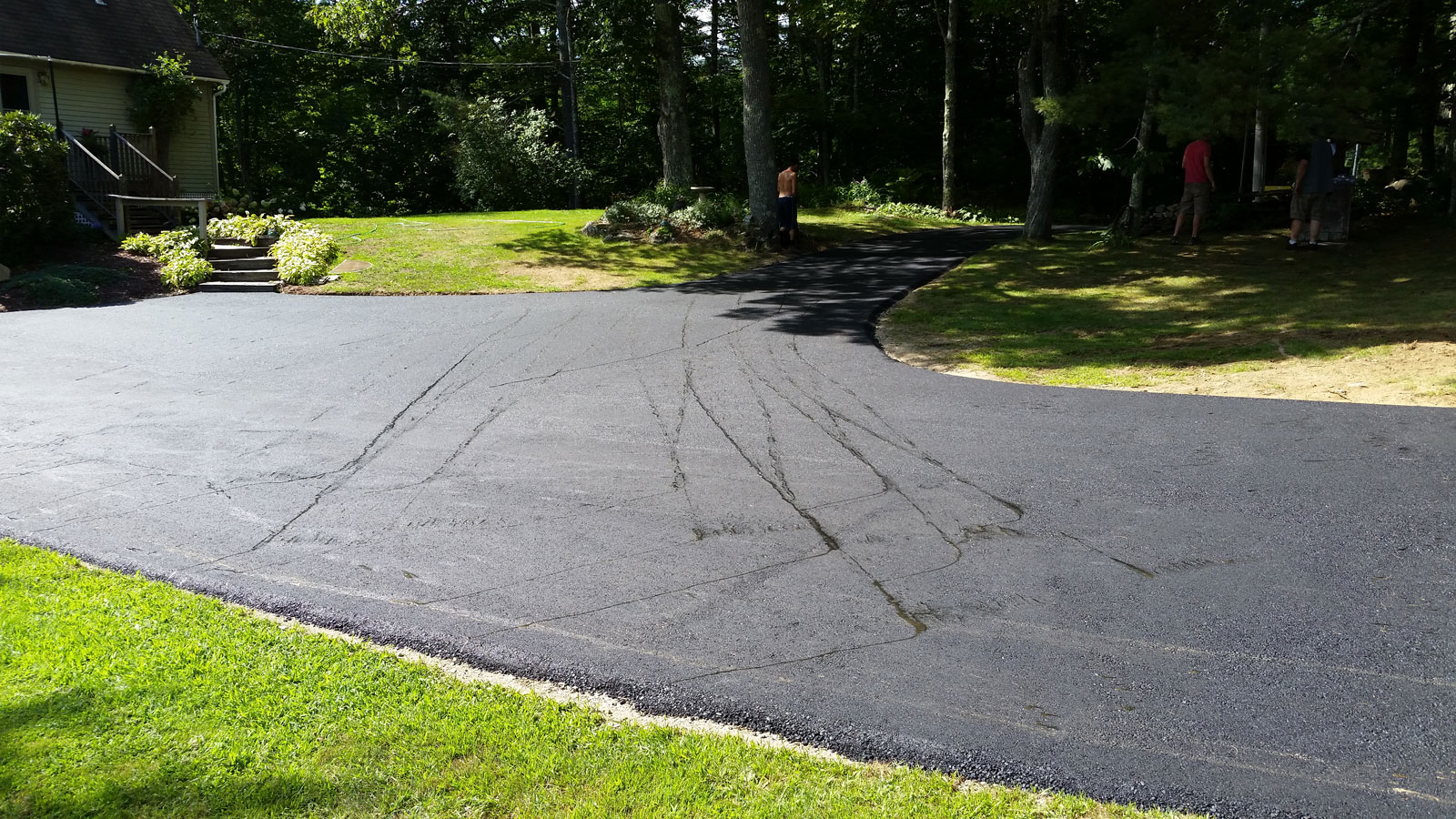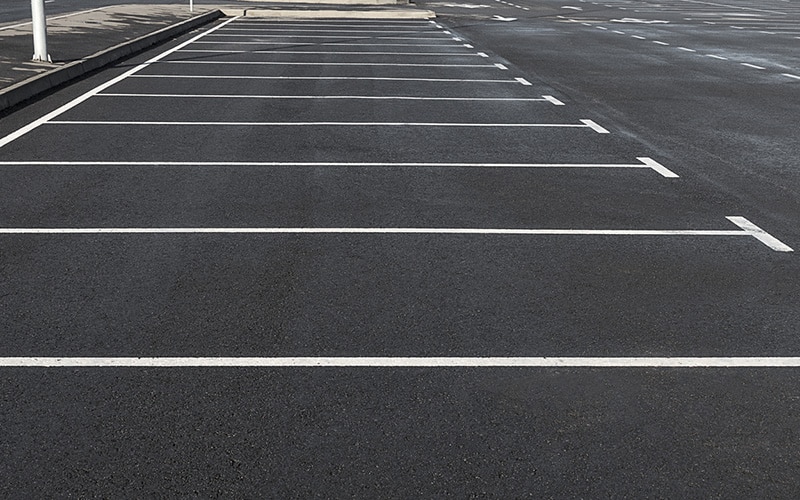Effective Asphalt Repair: Cold Mix Sealing Techniques Revealed
Wiki Article
Cold Mix Asphalt Vs. Hot Mix Asphalt: Which Is Right for You?

Structure Differences
Cold mix and warm mix asphalts vary significantly in their structure, with unique qualities that impact their efficiency and applications. Cold mix asphalt is created by emulsifying the asphalt binder with water and an emulsifying representative before blending it with aggregate. This method enables the asphalt to be practical at lower temperatures, making it ideal for short-term repairs and for usage in colder climate condition. Hot mix asphalt, on the other hand, is produced at heats, commonly in between 300-350 ° F, which assists to achieve far better compaction and an extra durable last product. The warm mix asphalt production process includes heating up the aggregate and asphalt binder individually before combining them at the asphalt plant.
Additionally, chilly mix asphalt tends to be less dense and much more versatile than hot mix asphalt. This adaptability makes it much better matched for areas with higher degrees of activity, such as driveways or roads with hefty website traffic. On the other hand, hot mix asphalt is known for its high sturdiness and resistance to rutting and cracking, making it a preferred selection for freeways and high-traffic roads where longevity is critical.
Installment Process Differences
The process of mounting cold mix and hot mix asphalt shows notable variances in their procedures and demands. In comparison, hot mix asphalt requires a more sophisticated installment process. Due to the home heating demands, hot mix asphalt installments are generally lugged out by specialists with specialized devices, guaranteeing an extra permanent and structurally sound result.Resilience and Durability Elements
When considering asphalt choices, longevity and long life are important elements to assess for long-term pavement efficiency. Warm mix asphalt (HMA) is known for its outstanding toughness and durability.
In terms of durability, HMA generally outmatches CMA because of its exceptional strength and resistance buildings. HMA sidewalks have a longer solution life, calling for much less regular repairs and maintenance, which can equate to set you back savings in the lengthy asphalt patch repair run. In addition, HMA sidewalks are a lot more quickly customizable to meet specific task demands, even more enhancing their sturdiness.
Expense Considerations
Thinking about the monetary ramifications is an important facet when assessing the option between warm mix asphalt (HMA) and cool mix asphalt (CMA) for pavement tasks. While the initial expense of hot mix asphalt is typically greater than that of cold mix asphalt, HMA typically offers an extra cost-effective option in the future as a result of its exceptional longevity and longevity. HMA is known for its capacity to withstand rush hour lots and extreme weather, minimizing the demand for regular repair services and upkeep. On the various other hand, cold mix asphalt is a lot more affordable in advance but may call for more regular patching and resurfacing, resulting in higher upkeep expenses in time.In enhancement to material expenses, it's vital to think about the costs connected with installment and upkeep when comparing HMA and CMA. HMA generally calls for specialized equipment and proficient labor for proper installment, which can impact general project expenses. Alternatively, CMA is much easier to deal with and can commonly be applied utilizing less complex techniques, potentially decreasing installation expenses. Inevitably, the decision between HMA and CMA ought to think about not just the preliminary price but additionally the long-lasting financial ramifications to determine one of the most affordable alternative for the specific sidewalk project.
Environmental Effect Contrast
Comparison of the environmental impacts in between hot mix asphalt (HMA) and cold mix asphalt (CMA) exposes unique distinctions in sustainability techniques. HMA production requires heats, resulting in raised energy consumption and greenhouse gas discharges. The procedure also releases unpredictable natural substances (VOCs) and unsafe air contaminants (HAPs) right into the environment. On the other hand, CMA is generated and used at reduced temperature levels, reducing energy use and discharges substantially. The reduced production temperature levels of CMA lead to lowered fuel usage and reduced degrees of CO2 exhausts, making it an extra eco-friendly choice.Moreover, the usage of CMA commonly entails reusing existing asphalt sidewalk, promoting source preservation and minimizing the quantity of waste sent to garbage dumps. By opting for CMA over HMA, road building jobs can contribute positively to environmental preservation initiatives.
Final Thought
To conclude, the selection in between cool mix asphalt (CMA) and hot mix asphalt (HMA) depends on various factors such as make-up, setup procedure, resilience, long life, price, and environmental impact. asphalt repair. While CMA provides a fast and affordable solution for small fixings, HMA makes certain exceptional toughness and longevity for heavy website traffic areas. Think about these variables carefully to establish which sort of asphalt is the best option for your paving needs

Considering the monetary effects is a critical element when examining the selection in between hot mix asphalt (HMA) and cool mix asphalt (CMA) for pavement projects. While the initial expense of hot mix asphalt is usually higher than that of cold mix asphalt, HMA usually offers an extra cost-efficient option in the long run due to its premium sturdiness and longevity. asphalt repair.Contrast of the environmental impacts in between hot mix asphalt (HMA) and chilly mix asphalt (CMA) exposes distinct differences in sustainability techniques.In conclusion, the choice in between cool mix asphalt (CMA) and hot mix asphalt (HMA) depends on different aspects such as make-up, installment process, durability, longevity, price, and environmental effect
Report this wiki page